How can small greenspaces affect an entire city?
For some people, big cities seem to trigger thoughts of sparse green space and endless gray city blocks. The task of finding locally grown produce must be almost impossible, right? In Berlin, these urban stereotypes do not hold true. Often times while riding the train, I will pass over plots of flourishing gardens, almost as if they sprout from nowhere.
What are these green spaces? And how did they get there?
Records of shared gardening spaces in Germany first emerged during the early 1900s, brought about by the urbanization and industrialization of certain areas across the country. Especially for those living in extreme poverty, small-scale gardening was their only means of securing food.
During both World War I and II, these gardens continued to be essential for the survival of those living in large cities; again, for some, it was their only dependable source of food. After the end of World War II, the two reconstructed German governments (the German Democratic Republic and the Federal Republic of Germany) began to encourage more citizens to have their own small green spaces.
These land allotments proved to be a large success, and quickly became an important part of Berlin’s outdoor culture. People quickly fell in love with the spaces, possibly due to the fact that these areas provided security, and a sense of privacy and individuality that the bustling city center and cramped apartments couldn’t.
Since the founding of these small gardens, Berlin has seen a steady rise in demand for citizen requests of gardening plots. Urban gardening in large cities can also support social and environmental developments beyond leisurely activities. Many neighborhoods in Berlin have open public gardens, where volunteers tend various fruits and vegetables. These gardens and their produce are open to anyone in need of food and to those who cannot otherwise obtain fresh and healthy produce.
Urban gardening also plays an important role in environmentalism and health-conscious movements. When growing your own food, you may also be able to purchase less. Not only does this reduce your carbon footprint (less transportation of goods, less fuel used), but the produce you grow will be both in-season (in terms of your area’s climate) and more sustainably grown.
Within your own space, you can choose what you want to grow and how you want to grow it.
Gardens are also usually placed on land that would otherwise remain unused; in particular, most gardens are close to train stations and nearby train tracks. As a result, land is used for its best possible purpose, and contributes to a more balanced and green landscape. Urban gardens can also play a major role in reducing carbon emissions within cities. Because of the increased plant presence and green spaces, small gardens can even help prevent cities from overheating (in reference to the urban “hot spots” epidemic).
Even those who don’t have a garden to retreat to still find their own way to surround themselves with nature. Many apartments have window boxes filled with colorful plants—some consistent favorites being lavender, English ivy and multi-colored pansies. While walking down just about any street, you can catch a glimpse of window sills sporting orchids or countless varieties of herbs. Occasionally, I’ll even stumble across apartments with larger terraces that boast small citrus and fruit trees.
Berlin is also home to many small parks scattered throughout the different neighborhoods, which are frequently visited by families with children or people taking their pets for a walk. One of the largest and most unique greenspaces within Berlin is the Tempelhof Park. These sprawling acres once housed one of Berlin’s bustling airports, but it is now a place where visitors love to wind-board, run, fly kites, picnic and so much more. So, whether you want to grow your own food, flowers, or just enjoy the small delights of nature that Berlin has to offer, you will never be disappointed by the greenspaces in this city.


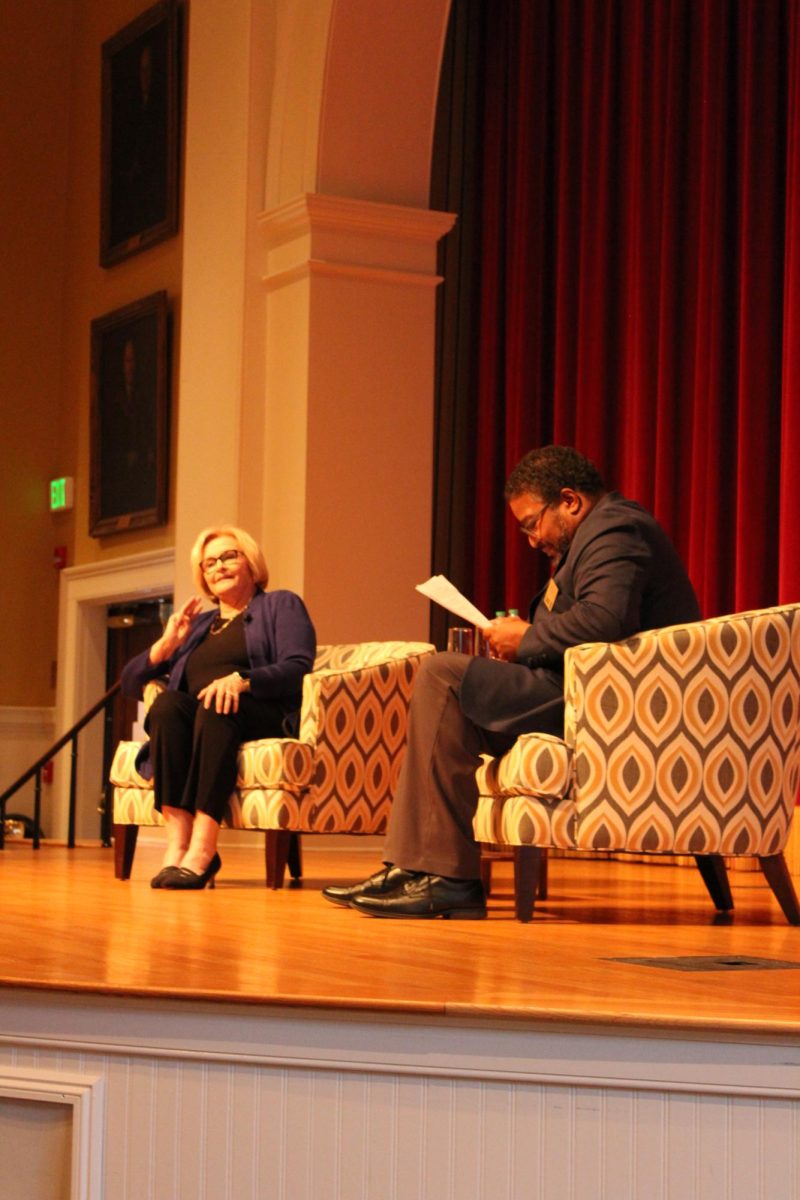
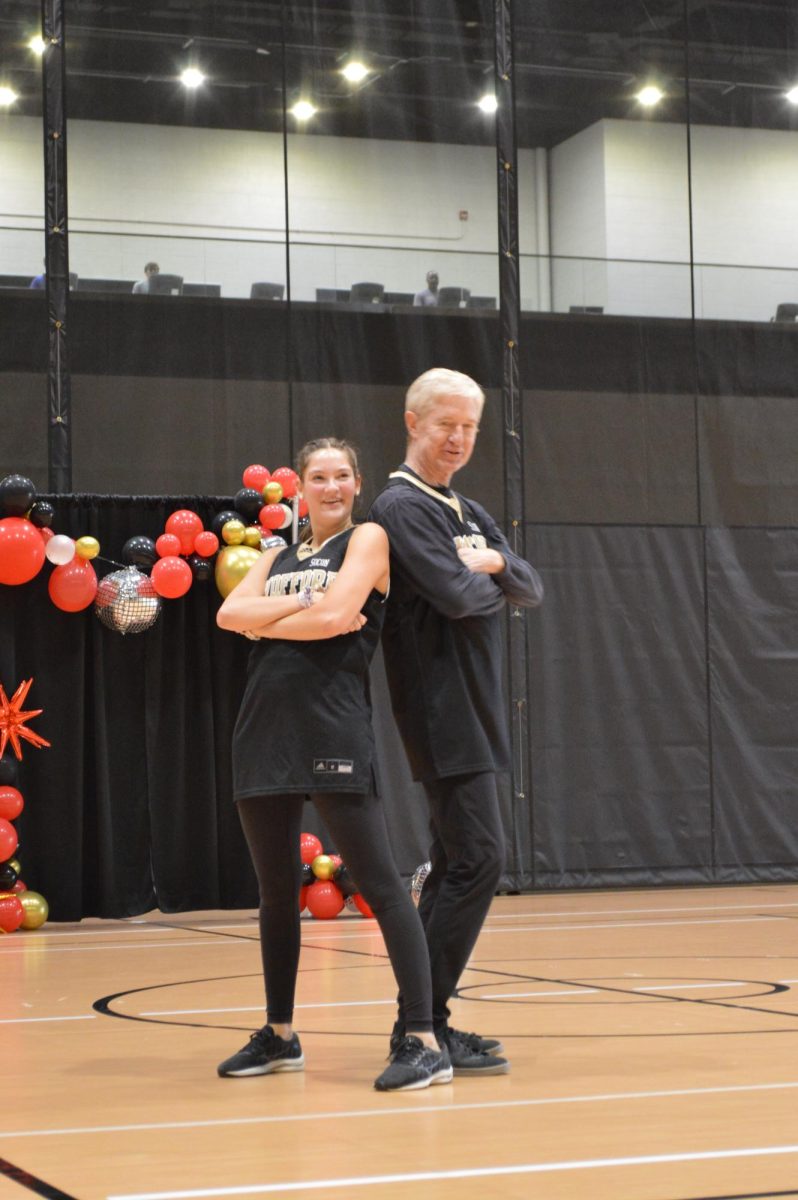
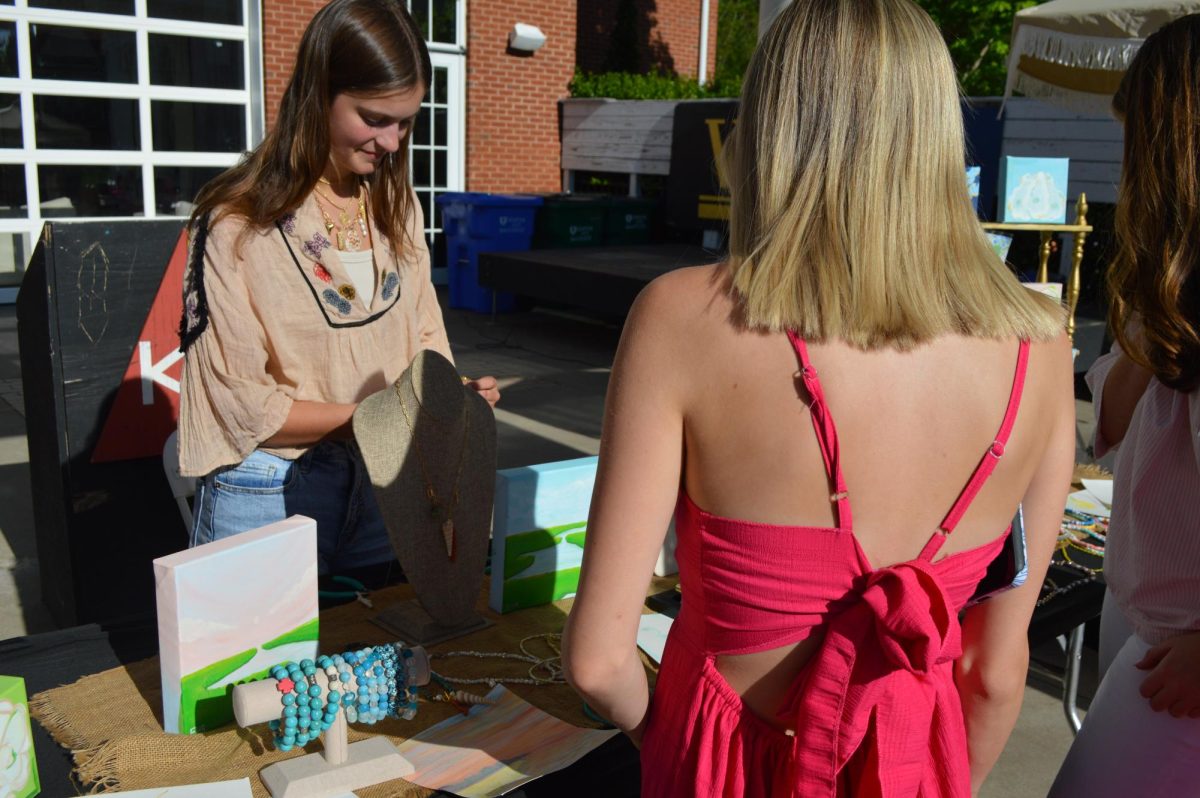

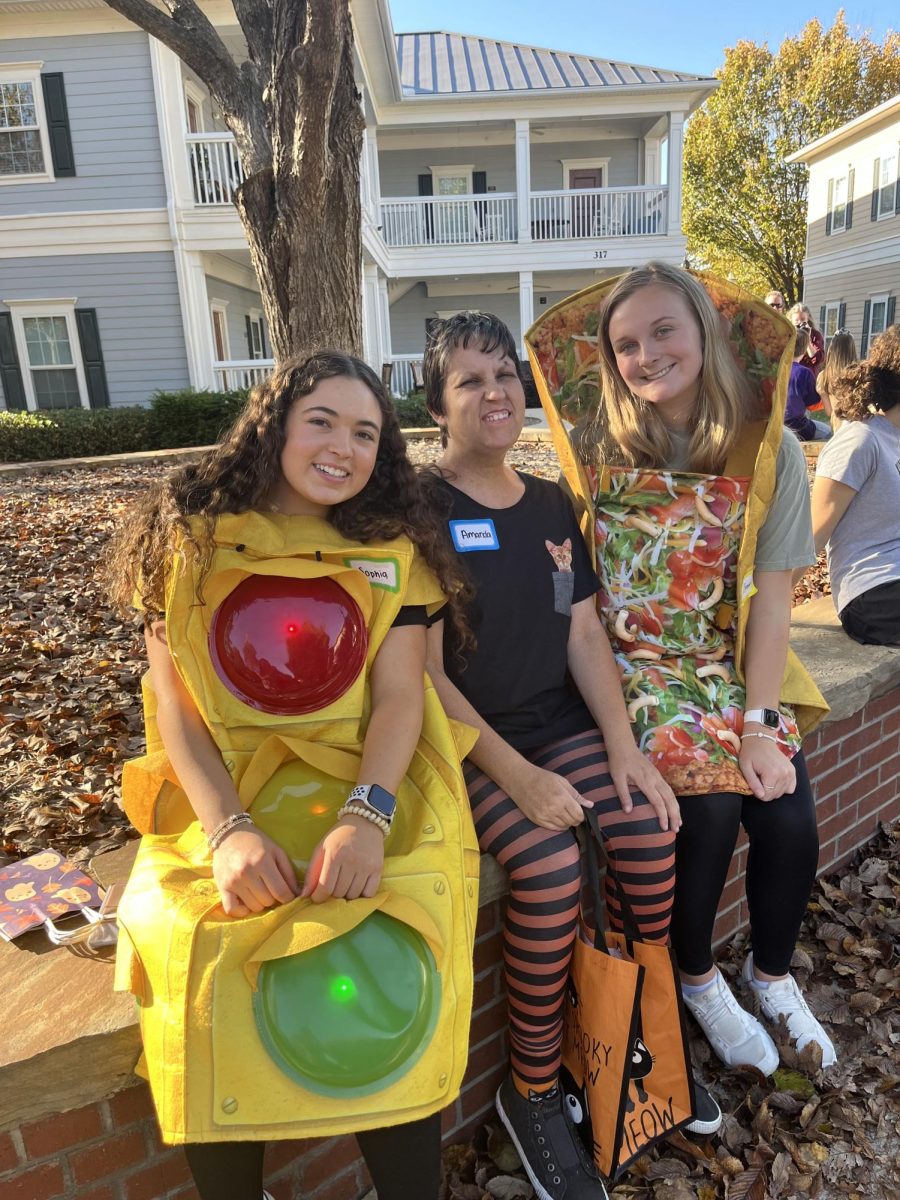
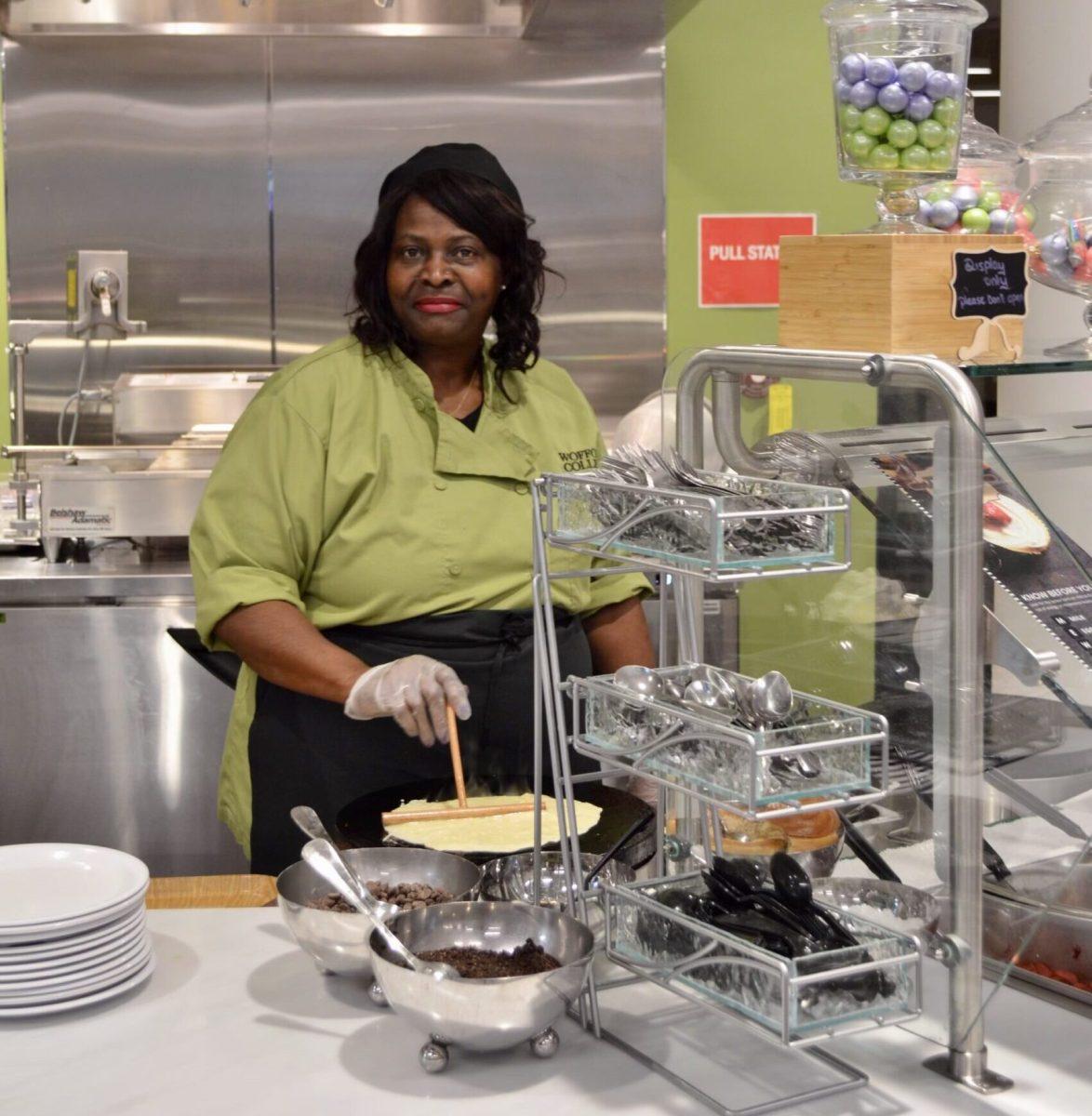
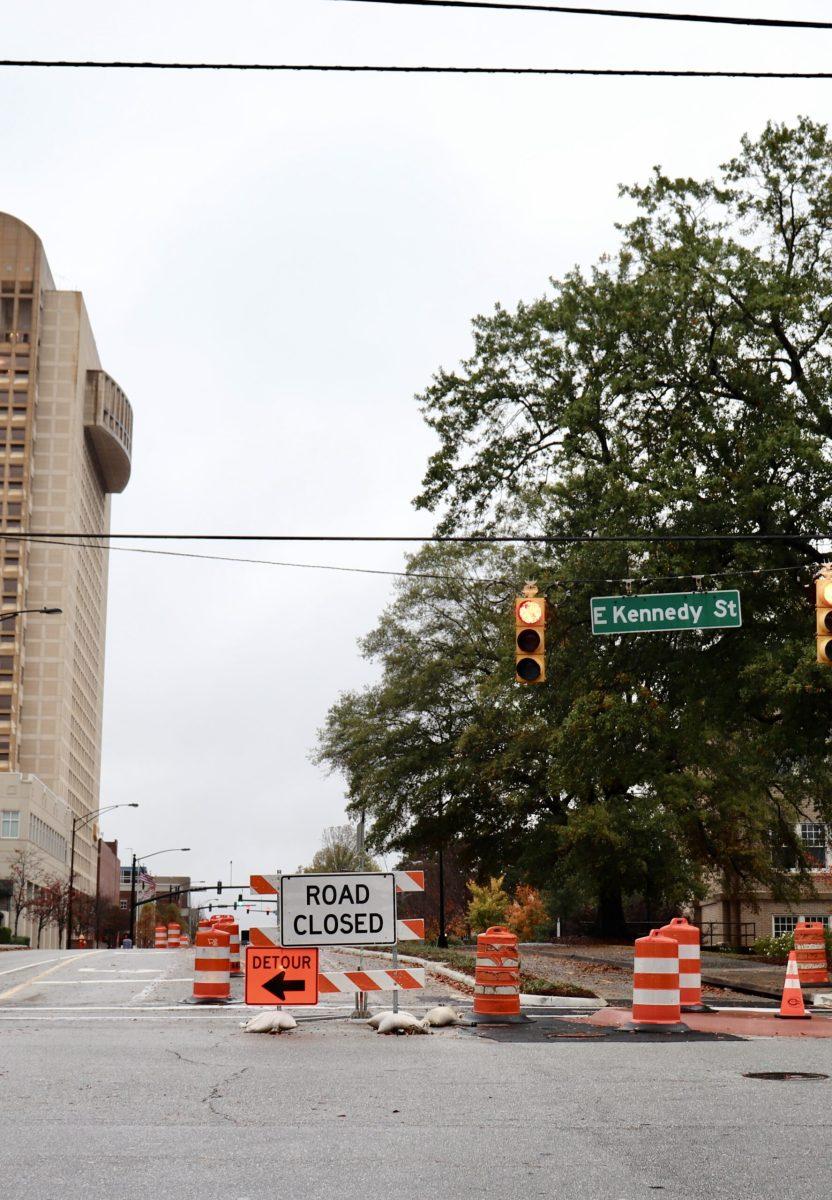
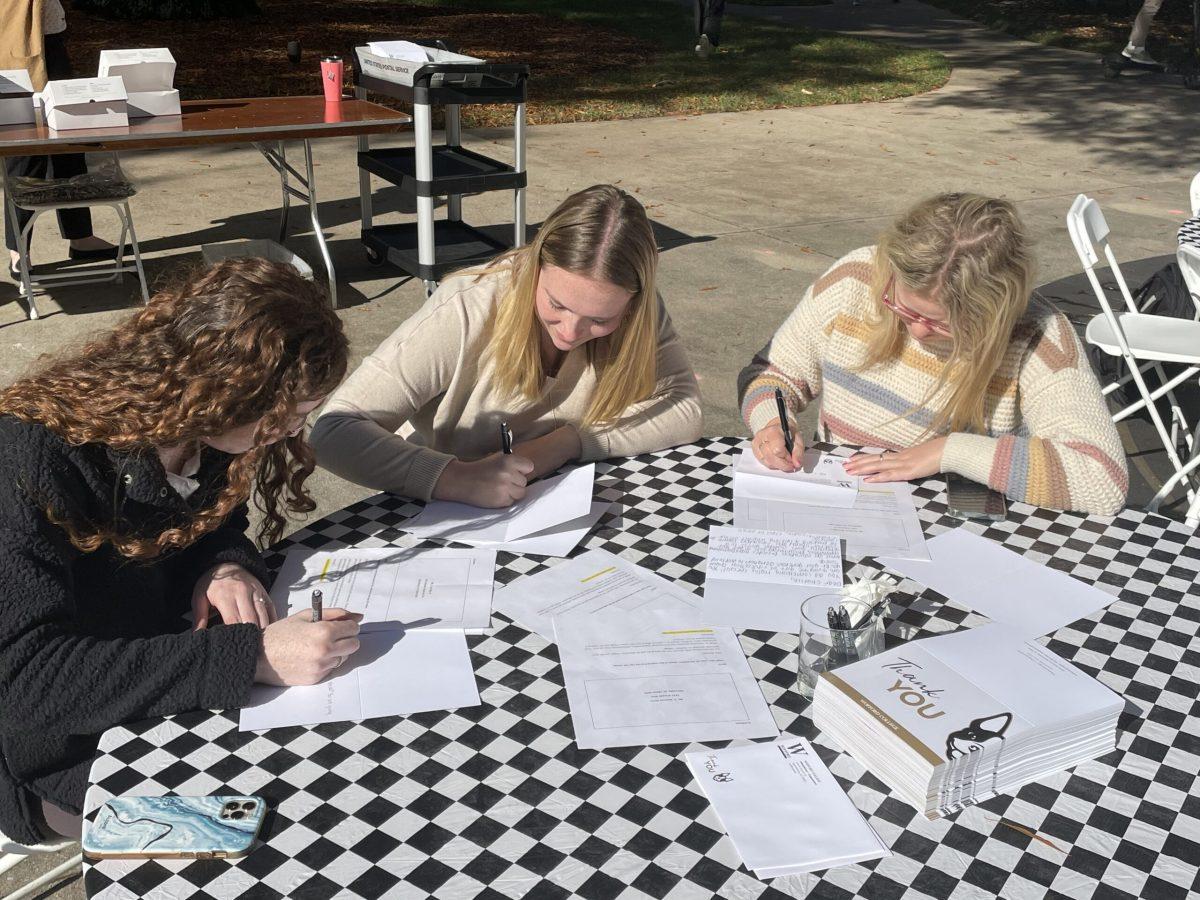



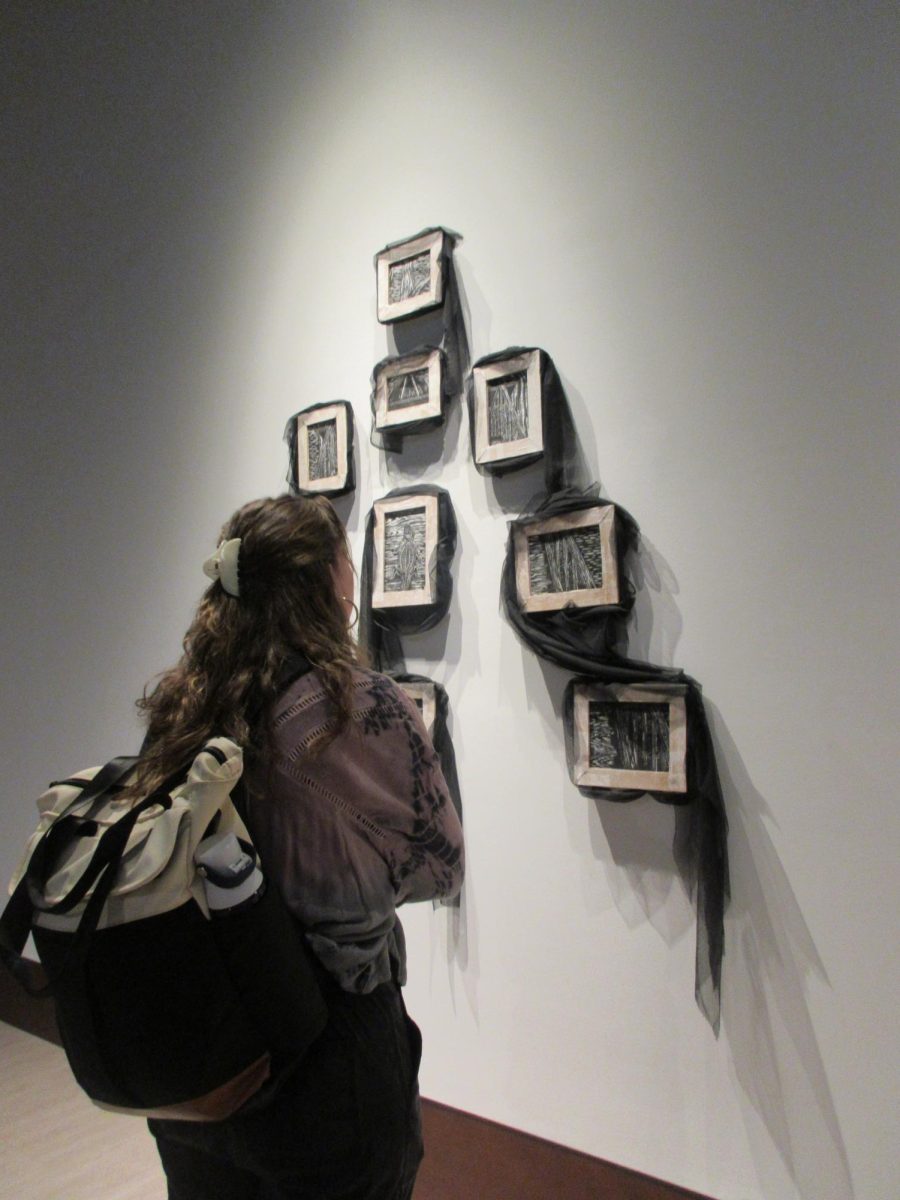

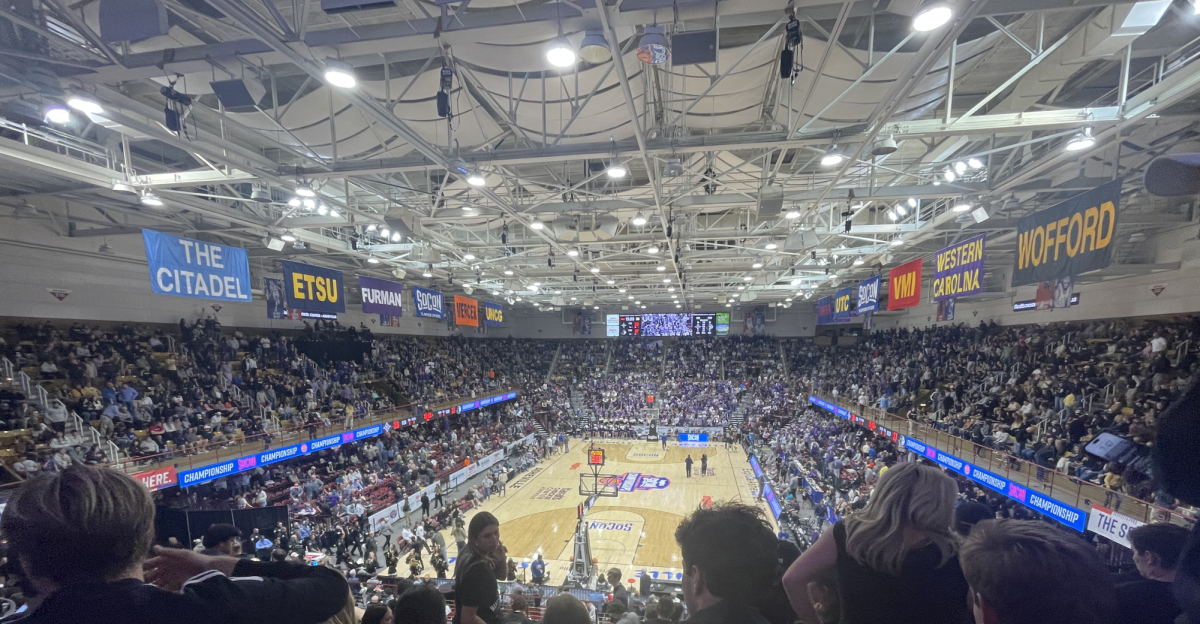
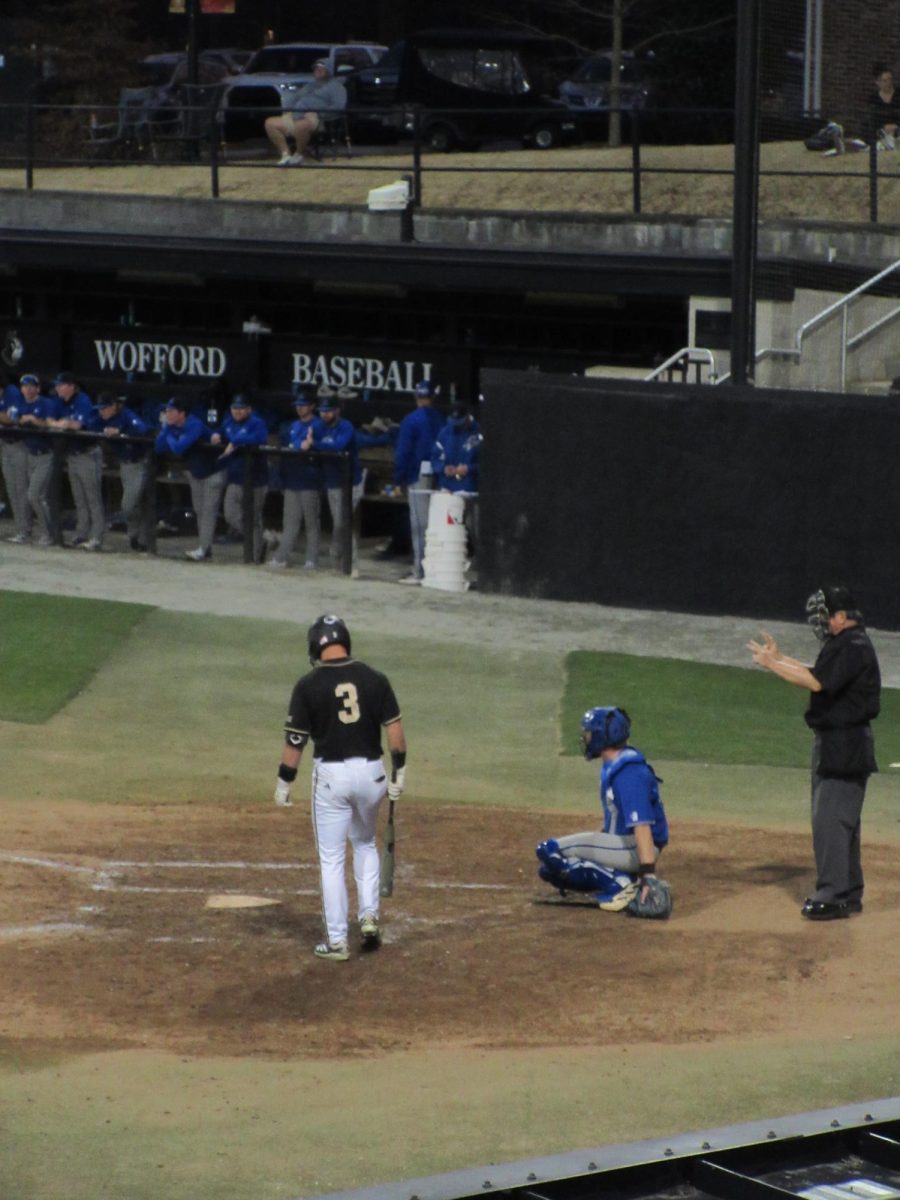




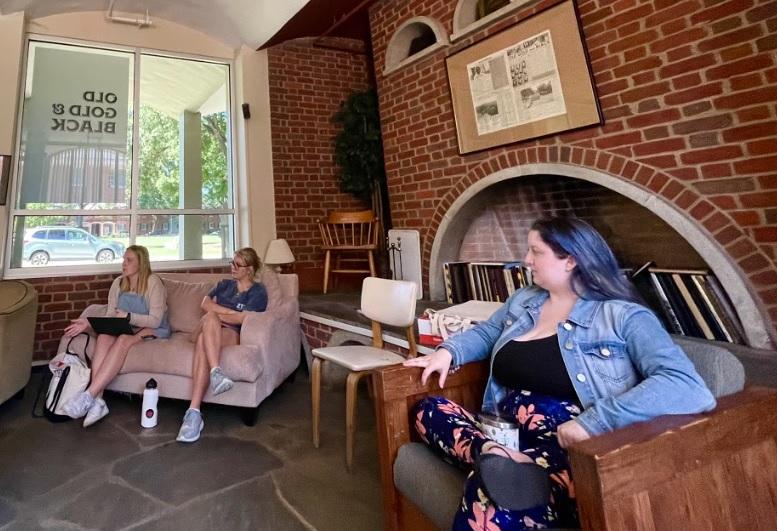


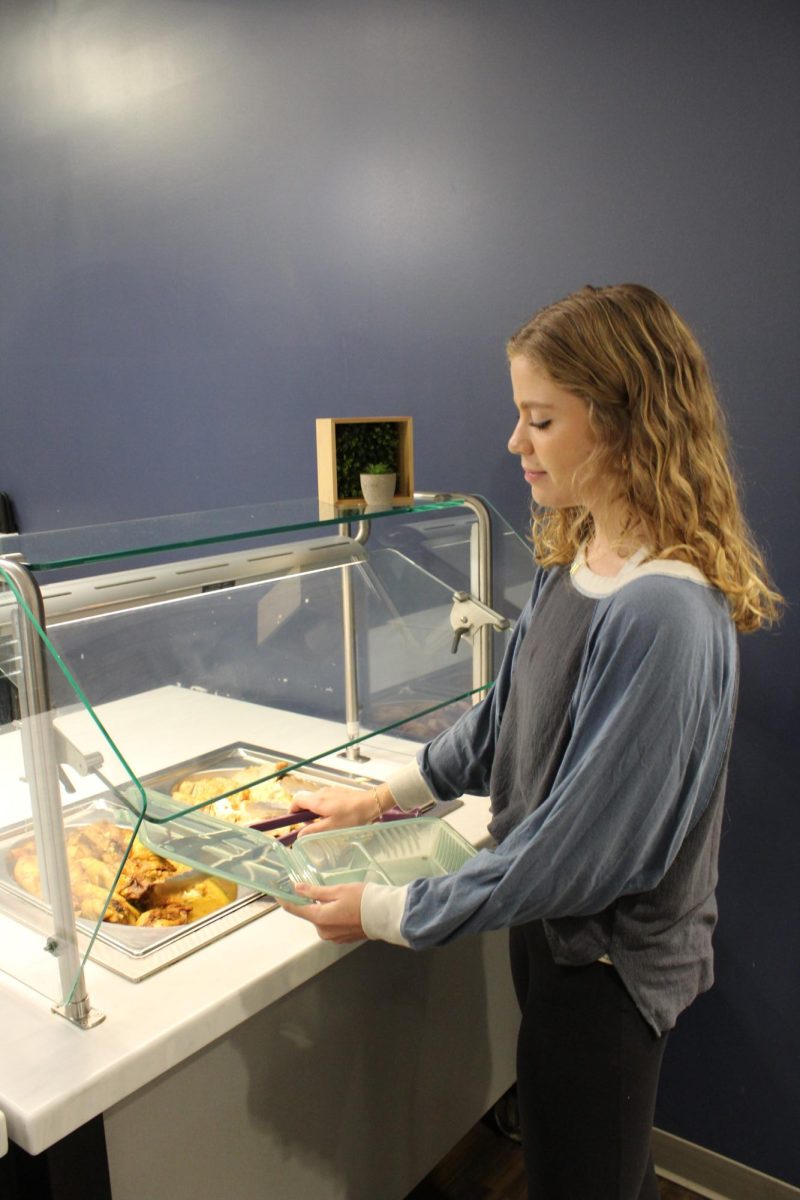
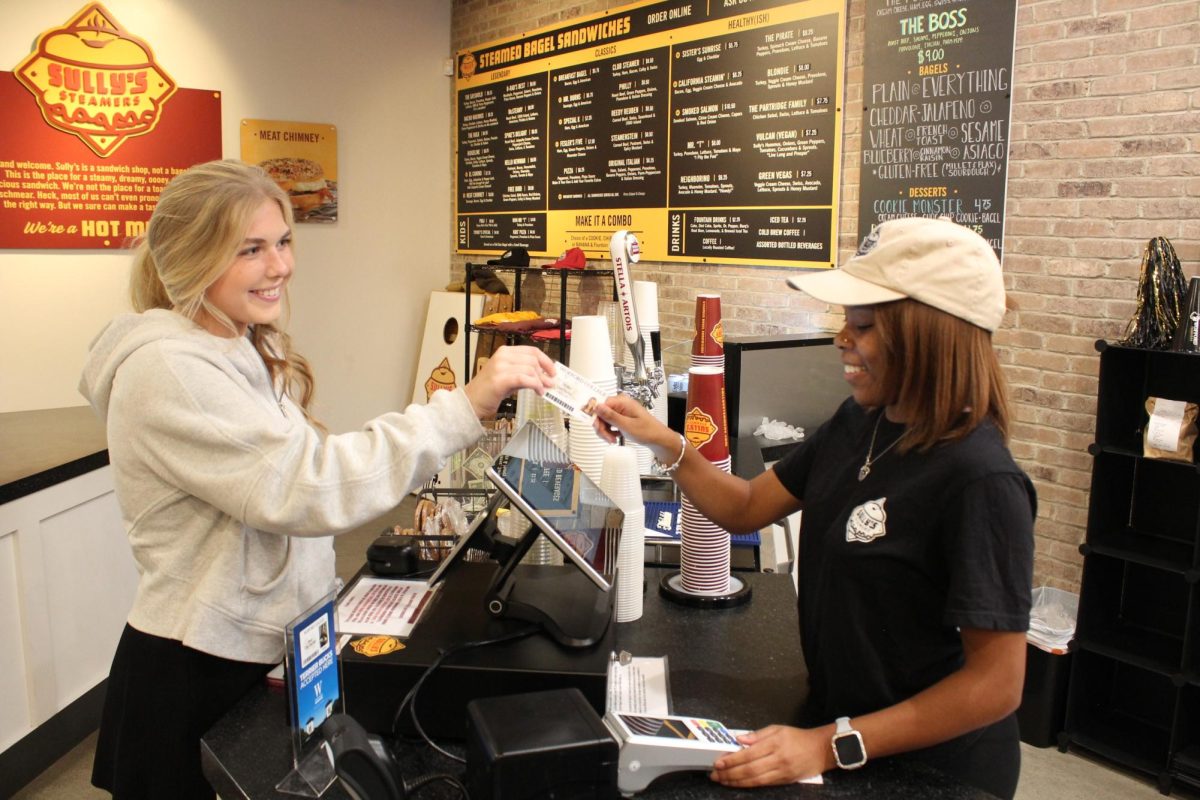
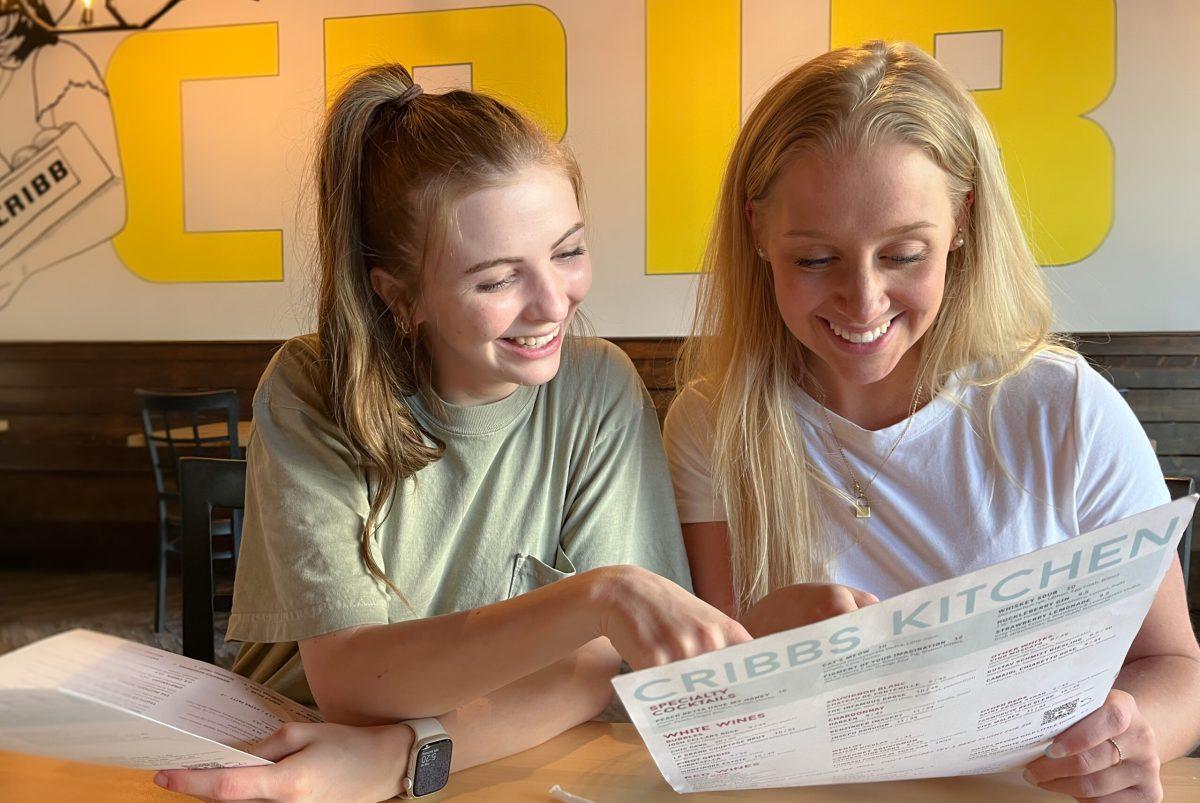

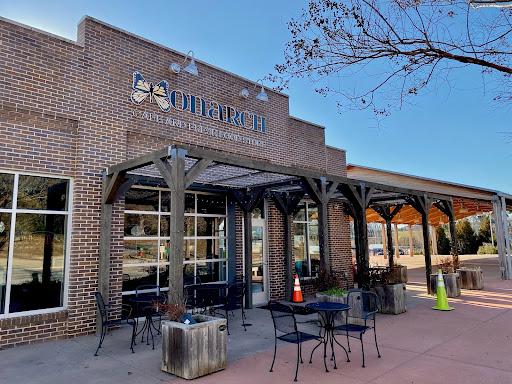
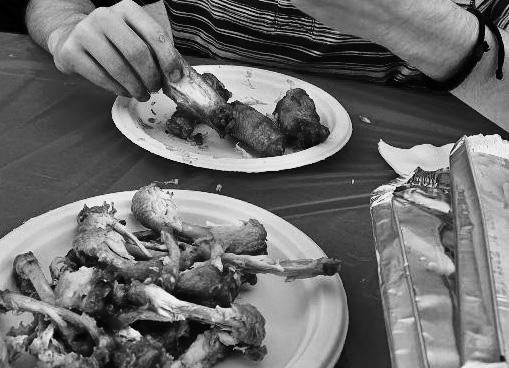

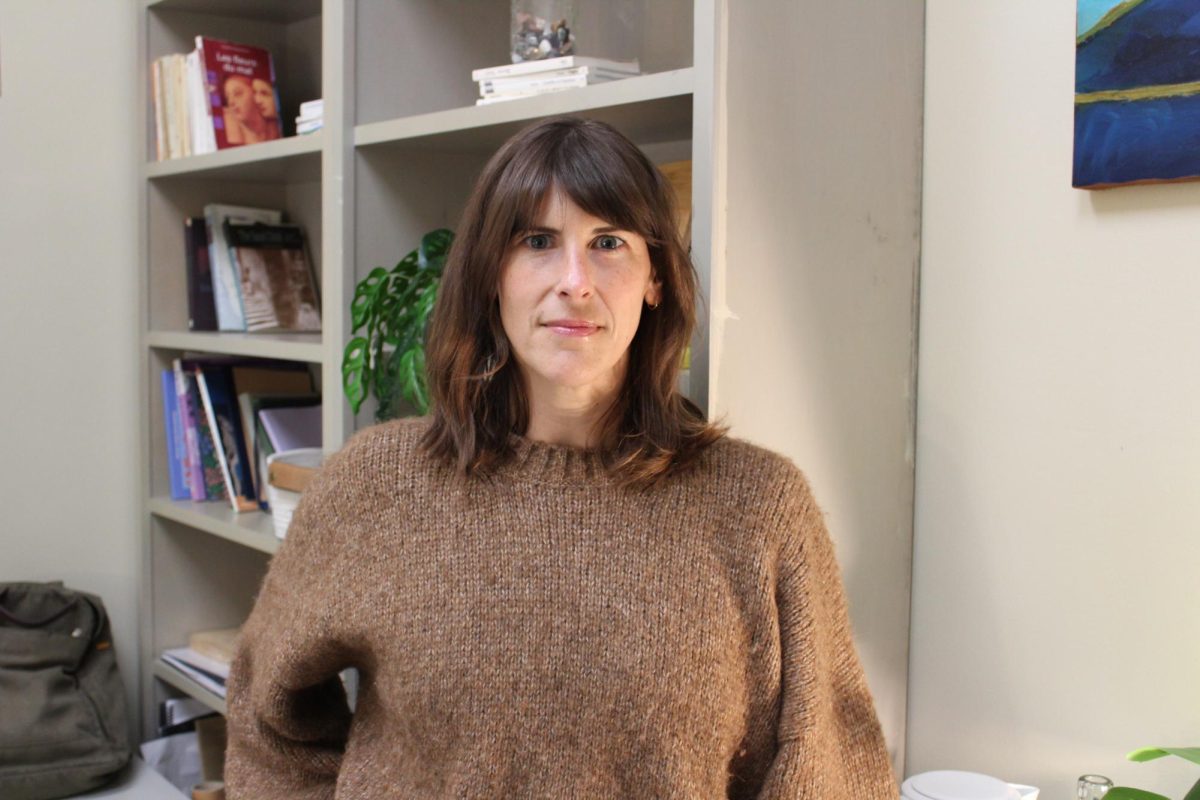
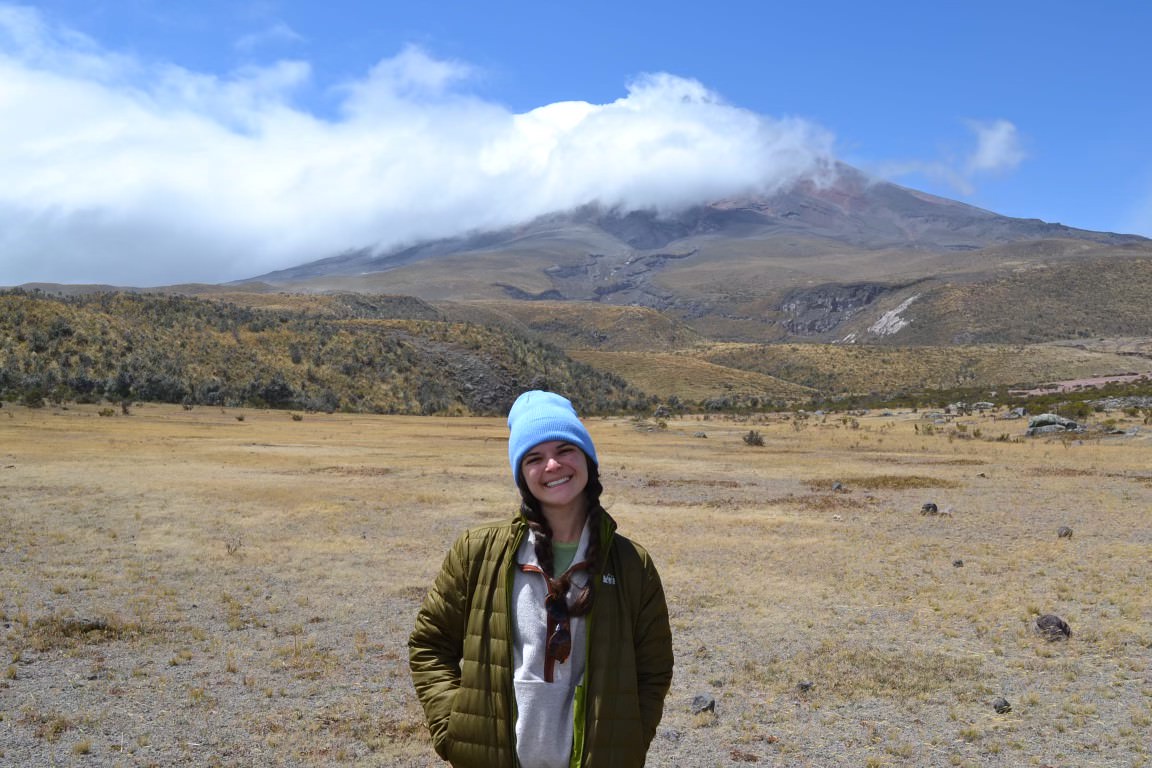
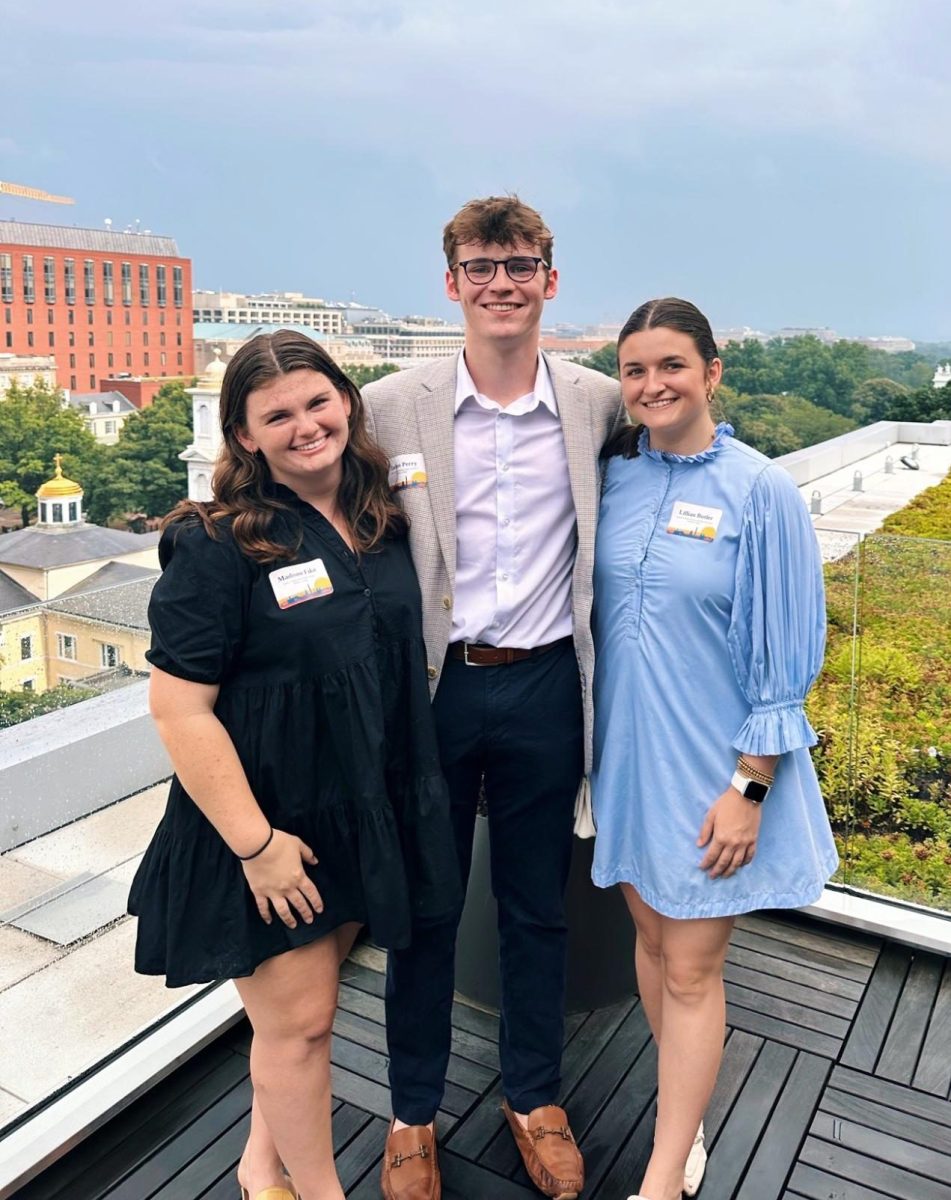
Charli Smith • Dec 30, 2019 at 4:34 am
I was going to do a palm tree of some sort but most don’t do good in the shade. I live in North Texas so its pretty warm and I will water it frequently. Thanks